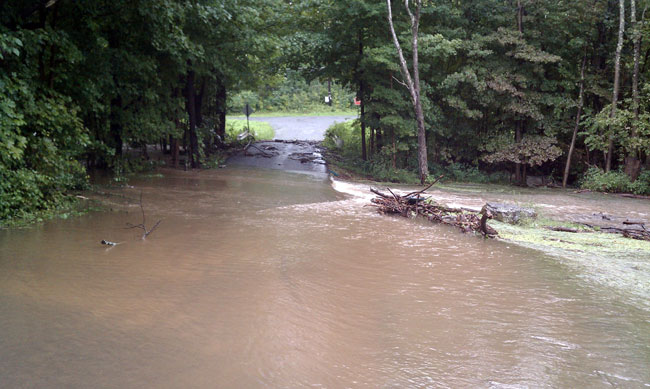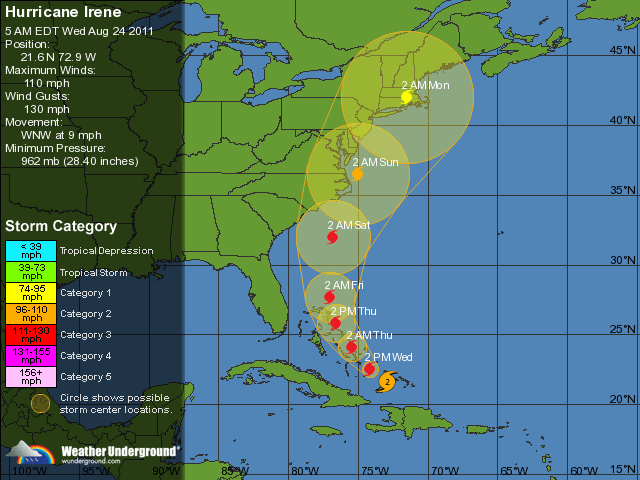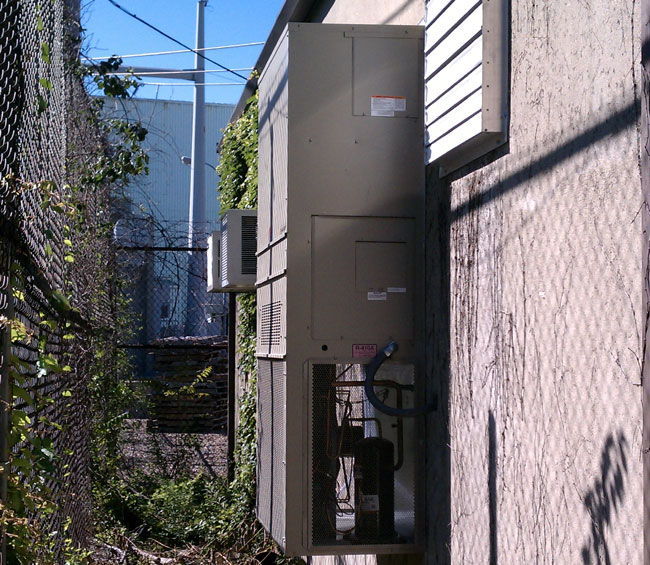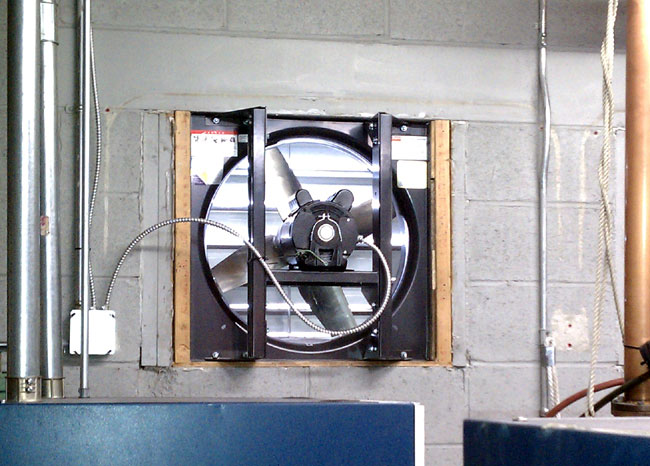
I read through the FCC’s Hurricane Irene information on which stations were off the air and when, I believe there are a few more to add to the list. Starting from South to North:
- WNYC (820 KHz) (New York Public Radio) See WMCA below.
- WMCA (570 KHz) (Salem Communications) went off when the fetid swamp known as the Meadowlands flooded, which is where their transmitter sites are located.
- WFAF (106.3 MHz) Mount Kisco, (Cumulus Broadcasting) Loss of power, no backup power
- WLNA (1420 KHz) Peekskill (Pamal Broadcasting) is another AM located in a fetid swamp, this time in Peekskill. It is likely this station will be off for several days.
- WOSR (91.7 MHz) Middletown (Northeast Public Radio) reasons unknown.
- WKIP (1450 KHz) Poughkeepsie (Clear Channel Broadcasting) transmitter room flooded with about 18 inches of water, water overtopped the base insulator and ATU.
- WVKR (91.3 MHz) Poughkeepsie (Vassar College) no backup power, back on at 12:00 pm 8/29
- WKXP (94.3 MHz) Kingston (Clear Channel Broadcasting) Loss of emergency generator when fan belt broke, restored four hours later.
- WAMK (90.9 MHz) Kingston (North East Public Radio) Kingston transmitter site, which looks like it is located in a Revolutionary War relic, is noted for being unreliable. It goes off frequently and was off and on all day.
- WFGB (89.7 MHz) Kingston (Sound of Life Radio) Located in the same building as WAMK, is an LP-1 station.
- WKNY (1490 KHz) Kingston (Cumulus Broadcasting) antenna field flooded, back on the air by 9 am 8/29.
- WYJB (95.5 MHz) Albany (Pamal Broadcasting) Generator voltage regulator failed, equipment was secured to prevent damage. Is an LP-1 station.
- WZMR (104.9 MHz) Altamont (Pamal Broadcasting) Co-located with WYJB
- WAJZ (96.3 MHz) Voorheesville) (Pamal Broadcasting) Co-located with WYJB
- WROW (590 KHz) Albany (Pamal Broadcasting) STL passed through the WYJB transmitter site
- WPTR (96.7 MHz) Clifton Park (Crawford Broadcasting) reasons unknown
- WTMM (104.5 MHz) Mechanicville (Townsquare Media) reasons unknown
- WEQX (102.7 MHz) Manchester, VT (Northshire Broadcasting) loss of power
Most of these stations are now back on the air, however, several suffered much water damage due to flooding and will be off for a while. Lots and lots of roadways washed out, trees down, and power still out for tens of thousands of people, it’s a mess.
These stations that went off the area are but a small fraction of the radio stations that serve the Hudson Valley and upstate NY. Most of the large class B stations, and regional AM stations, which are also the LP-1 EAS stations, stayed on the air for the duration of the storm, as did all of the NOAA Weather Radio All Hazards stations in the area.
Kudos to the DJs, meteorologists, news people, and field reporters for keeping us informed and safe.





